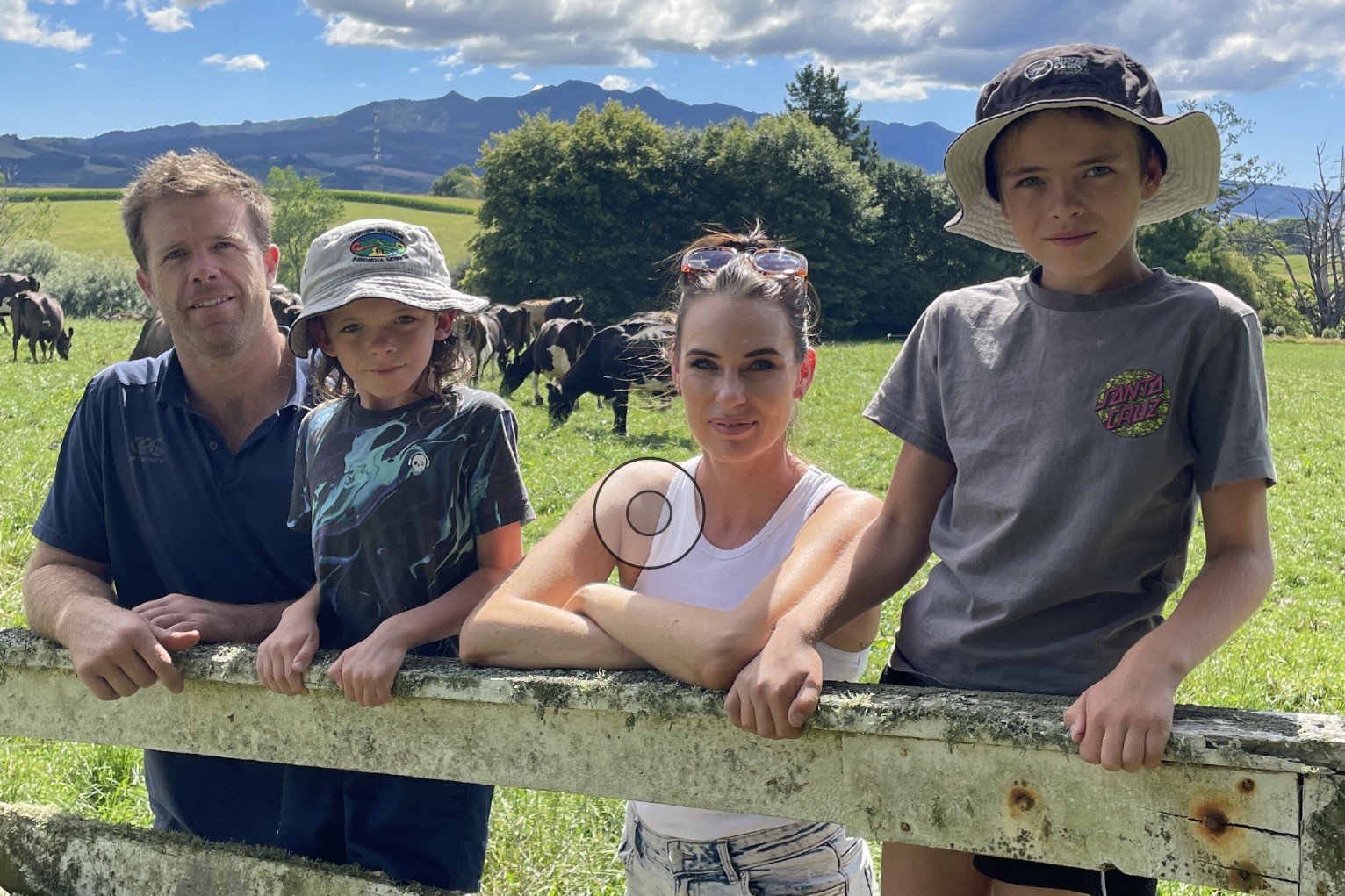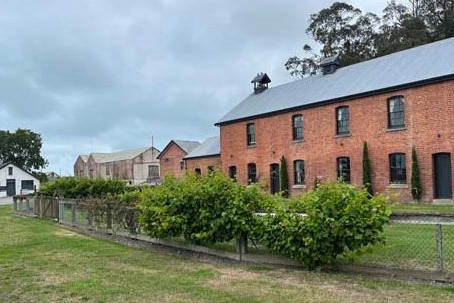Lynda Gray
Kaleage – ensiled kale – is a topic that Charlotte Westwood, veterinary nutritionist PGG Wrightson Seeds is quizzed about from time-to-time.
Typically the subject arises when farmers have surplus crop about to go to seed, and they figure that baling it could be one way of preventing waste.
But it would be a waste, Westwood says, a waste of time due to the marginal quality of the crop at that stage and the logistics of trying to bale it successfully.
In theory conserving kale makes sense. It’s suitable for all ruminant animals and if the ensiling process is successful it’s a relatively high-quality feed source of about 10.8-11% ME.
But experiments over the years, both in New Zealand and the United Kingdom, have proved that the main problem is the high moisture content which was first mentioned in UK research pusblished in 1943.
Westwood and PGG agronomist Wayne Nichol looked at the practicality of producing kaleage in the late 1990s but the experiment and very weighty bales went pear-shaped due to the lack of suitable machinery and the high moisture content.
She is not totally dismissive of the potential for kaleage given the ever-improving baling technology. But those serious about it would need to grow a dedicated kale crop which would require seed for a thin stemmed variety sown at about 8kg/ha – twice the rates for grazing. The reason for the denser crop is to increase the quantity of leaf, which has the higher dry matter, and to prevent the cut stalks from making contact with the soil when cut.
“It has to be wilted to increase the drymatter and it needs to be chopped at no lower than 10 centimetres so that the stalk falls sideways but not on the ground so as to prevent contamination.”
UK research recommends cutting 15 weeks after sowing which would mean in most cases early March. Cutting earlier would be ideal because of the possibility of regrowth for grazing, but whether that would work in practice is unknown.
In summary Westwood says the concept of kaleage is good.
“If it could be cut, wilted and baled successfully it’s a good source of crude protein, but it’s the high moisture content that’s the problem.”
However, the feeding of conserved brassicas could become a more popular winter option with mounting discussions about the mud and run-off problems from the feeding of standing crops. But Westwood thinks the bi-cropping and ensiling of kale or raphno with a cereal such as barley would be a better option.
“I wouldn’t totally discount kaleage, especially given the latest baling technology, but I think more promising winter options could be a bi-crop or a higher yielding annual grass.”





